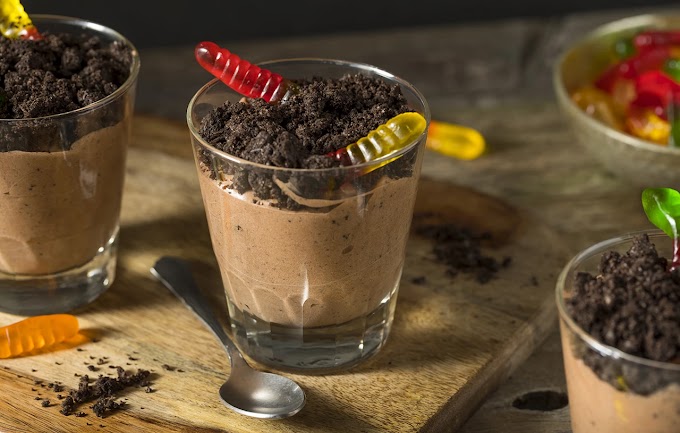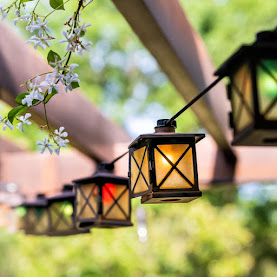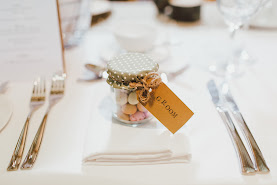1. You don't know what kind of soil you have
Soil is the foundation on which you will build your green creation. Without this knowledge, you will not be able to properly care for the plants you choose. The easiest way if you are a novice gardener is to take a handful of soil and ask for the help of a professional. Nurseries are everywhere. Another way is to grab a handful of soil and squeeze it in your hand. If the soil is reddish-brown and remains compact, it probably has clay, which holds a lot of water. If it crumbles easily, it probably contains sand, which means it is better aerated and holds less water.
2. You are not calculating the space correctly
It is important for the beautiful appearance of your garden but also for the proper development of the plants to offer them the space they need. Pay attention to the planting depth, so that the roots can grow without problems. Don't plant large shrubs too shallow or tiny annuals too deep. Also, be careful not to buy too many plants for the space you have, as you'll crowd them and end up with a messy mass of greenery.
3. You're planting in the wrong place
Roses like sun. Ferns don't. When buying outdoor plants, read the label carefully and ask a nursery employee for additional advice. If you don't plant the right plant in the right spot, it won't grow properly or at all.
4. As a beginner gardener, you only choose flowers.
The truth is that blooming flowers make a garden magical. However, roses fade, most lilacs only bloom for a month a year. It is therefore a good idea to include a variety of plants in your garden, including plants with rich foliage in various shapes, textures and colors.
5. You avoid trees and shrubs.
In winter, plants lose their flowers and leaves and turn brown. If you have not planted trees and shrubs, your garden will look poor and a little sad. For example, the cinquefoil, a shrub that blooms in winter, will give you color. Don't forget to plant cyclamens or pansies.
6. You put plants under trees
Large trees need water, nutrients, and space to grow. Their extensive root systems draw everything they need from the soil around them, and their foliage absorbs sunlight, creating shade. And here's the problem: Each plant needs its own light, its own water, its own nutrients, and it won't find them under a tree. So make sure to plant your plants beyond the tree's canopy.





















.jpeg)


0 Comments